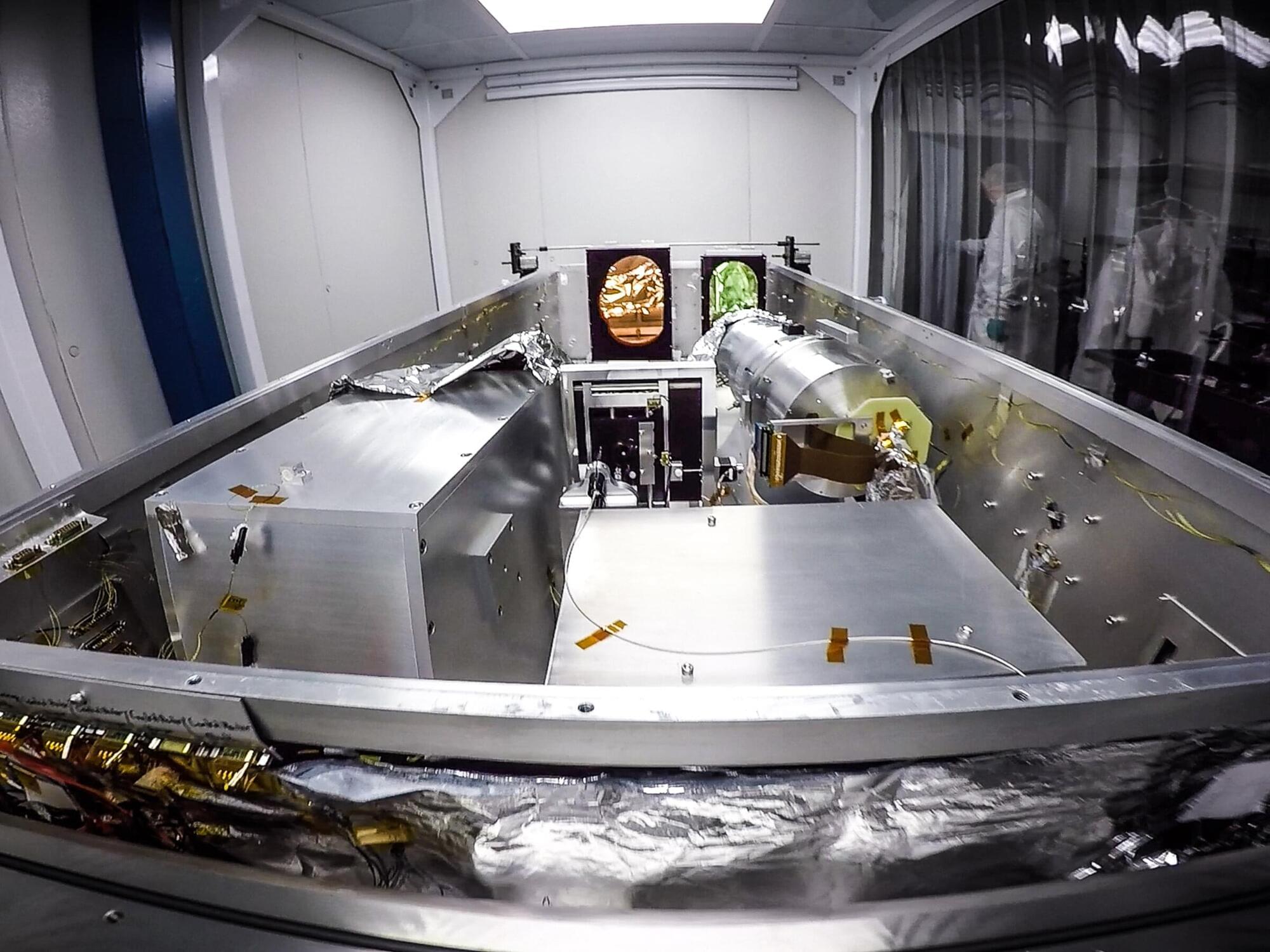The discovery of a possible “super-Earth” less than 20 light-years from our own planet is offering scientists new hope in the hunt for other worlds that could harbor life, according to an international team including researchers from Penn State. They dubbed the exoplanet, named GJ 251 c, a “super-Earth” as data suggest it is almost four times as massive as Earth, and likely to be a rocky planet.
“We look for these types of planets because they are our best chance at finding life elsewhere,” said Suvrath Mahadevan, the Verne M. Willaman Professor of Astronomy at Penn State and co-author of a paper about the discovery published in The Astronomical Journal.
“The exoplanet is in the habitable or the ‘Goldilocks Zone,’ the right distance from its star that liquid water could exist on its surface, if it has the right atmosphere.”
